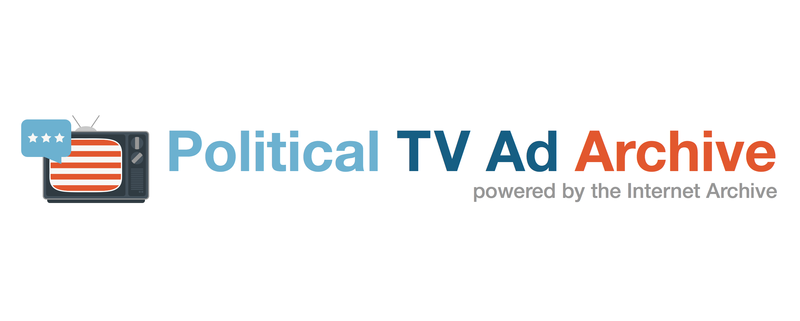The Political TV Ad Archive provides new level of accountability to campaign ads

By now Iowa voters probably want to throw their televisions out the window, if they haven’t already. But the bombardment of political advertising is about to skyrocket to a national level. That means more questions: Who paid for which ad, who are they attacking and who’s playing fast-and-loose with the facts?
A new, free online archive of ads and analysis that lets you look beyond the stock images could potentially upend the 2016 election. On Jan. 22, the Internet Archive launched the Political TV Ad Archive, which “provides a searchable, viewable, and shareable online archive of 2016 primary election political TV ads, married with fact-checking and reporting citizens can trust,” according to its website.
The tool works in tandem with various fact-checking outlets and campaign finance experts to provide context around murky messages. While campaign commercials may not state blatant lies, they often clutter a message and mislead voters. The Political TV Ad Archive hopes to untangle that web. For example, Politifact helped contextualize the Trump ad falsely depicting the Mexican border, and FactCheck.org debunked Hillary Clinton’s claim that drug prices more than doubled in the last seven years.
“We want to bring accountability to these elections,” said Nancy Watzman, managing editor of the Television Archive for the Internet Archive (and a former reporter for the Sunlight Foundation).
As 2016 shapes up be the most expensive presidential election ever, voters need a tool to fact-check the fast and furious ads being thrown at them.
“Before the primaries are over, the public in key primary states will be buried in campaign ads generating more heat than light,” said Roger Macdonald, director of the Television Archive, in a statement released Friday. “This new website will be a resource for journalists, academics, civic groups and the general public to have a better chance at separating lies from truths.”
Watzman said the team and its partners have sifted through 100,000 hours of footage and identified more than 15,000 airings of largely presidential ads to help create the tool, which is funded by the Knight Foundation.
By law, broadcasters are required to disclose the “true identity” of people, corporations or other entities paying for an ad — but this crucial context frequently is omitted, leaving voters in the dark. Though the FCC is responsible for enforcing this, the agency has been sitting on the sidelines. Members of Congress are now calling on the FCC to do its job and enforce political disclosure laws to demystify the often murky ads bought by outside groups.
“The new archive project is using ‘experimental audio fingerprint technology’ to track TV in 20 markets across eight states, and will cover the likes of Sioux City, Des Moines, and Cedar Rapids in Iowa,” writes Paul Sawers of VentureBeat. “Journalists will be able to embed videos of the ads and download relevant data, such as the date the ad aired and who sponsored it.”
With the Political TV Ad Archive, alongside tools like ProPublica’s Itemizer, Sunlight’s Real-Time Influence Explorer tool and Political Party Time, journalists covering the 2016 election are loaded with an arsenal of resources to keep voters informed around the expected deluge of campaign and special interest spending “This new resource will bring journalists, researchers, and the public resources to help hold politicians accountable for the messages they deliver in TV ads,” Watzman said.

